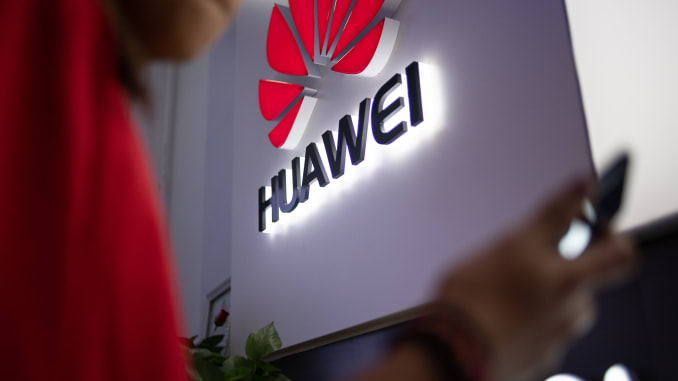
Chinese tech firm Huawei has hinted that it will soon be ready to replace Google apps with its own native alternatives on its smartphones.
A Huawei executive gave a hint about the apparent impending developments — which will include native replacements for Google’s mail, maps, messaging and payment apps.
The tease follows rumours circulated last week that the firm’s upcoming premiere smartphone offering — the P40 — will ship in March 2020 without Google software.
The move follows restrictions imposed by the US Government on Google’s trade with Huawei, which prevents new phones from being sold with the former’s apps.
The ban — implemented in May — was born from allegations that the firm has close ties with the Chinese government and represents a threat to US national security.
Huawei reveals that they are working on app alternatives to Google Play Games, Google Maps, Gmail, Google Pay, YouTube, and the Google Play Store.
“We have our own HMS and are trying to build a mobile ecosystem. Most of the key apps such as navigation, payments, gaming and messaging will be ready by December end,” said Huawei India together with its sub-brand Honor in a statement.
Huawei was banned from doing business with some US tech companies, including Google, and the company has faced a need to create its alternative app ecosystem to satisfy the requirements of global consumers who are used to having Google apps.
The company is said to be partnering with developers in various regions to avail the top 100-150 apps to Huawei users in every country on HMS. Currently, Huawei has around a million registered developers globally for HMS.
In India, the Chinese tech company is ready to offer up to $17,000 “on the integration of apps with HMS.”
“We will create an end-to-end business model with developers, content and services providers. We will provide value to them,” said Charles Peng, CEO Huawei, and Honor India
The cash will be drawn from the $1-billion global fund set aside by the company to develop “its own mobile services suite similar to that of Google.”




